1. Tupperware Stacking Systems

In the 1970s, Tupperware transformed kitchens with its innovative stacking systems. These airtight, colorful containers offered an efficient solution to keeping food fresh while maximizing space. Tupperware parties became a cultural phenomenon, bringing neighbors together to learn about organizing their kitchens stylishly. The interlocking lids and bases allowed for seamless stacking, making cluttered pantries a thing of the past.
Beyond their functionality, these containers symbolized a sense of domestic sophistication and resourcefulness. They were especially popular for storing leftovers, ensuring that meals could be reheated and enjoyed with ease. According to Smithsonian Magazine, the Tupperware party model also empowered women by providing an opportunity for financial independence. These stackable marvels are now considered a design classic, blending utility with aesthetic appeal.
2. Aluminum Foil as a Catch-All Tool
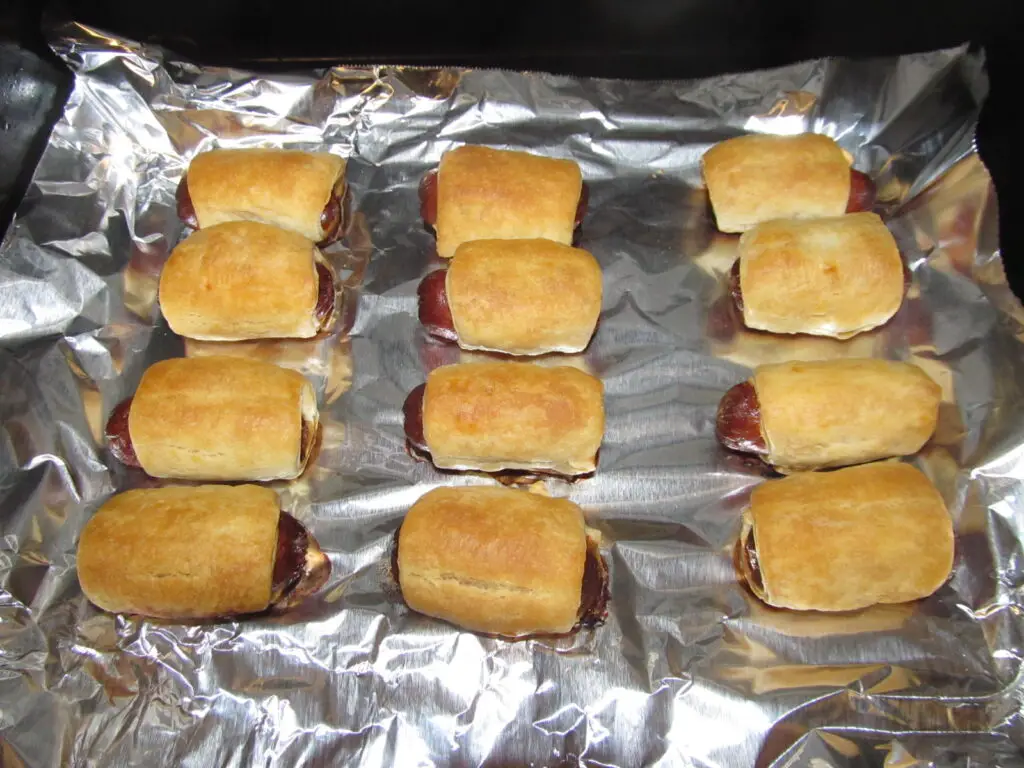
Aluminum foil was the unsung hero of 1970s kitchens, serving as the ultimate multitasking tool. It was used to line baking sheets for mess-free cooking, cover stovetops to keep them spotless, and wrap leftovers securely. A lesser-known hack involved folding and cutting foil to sharpen scissors—a quick and easy way to keep tools functional.
The reflective surface also made it an effective shield against uneven cooking, particularly for delicate dishes. Home cooks relied on it for wrapping sandwiches or creating makeshift lids for pots and pans. As Good Housekeeping notes, aluminum foil’s versatility has cemented its place as a kitchen essential for decades. Its widespread use saved time, reduced waste, and simplified meal preparation for busy households.
3. Macramé Plant Hangers in the Kitchen
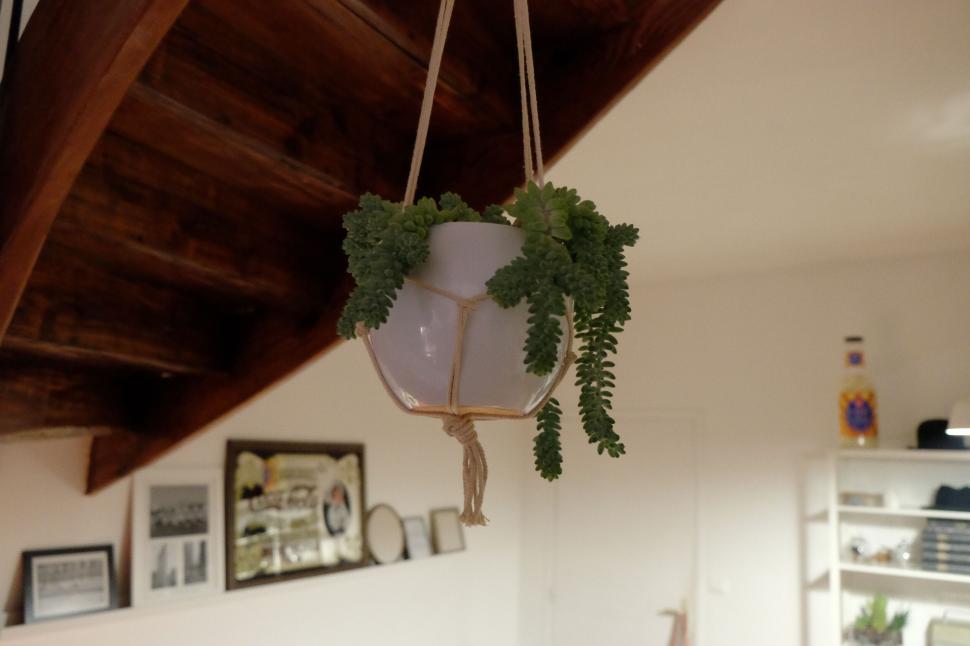
The 1970s saw a surge in bohemian aesthetics, and macramé plant hangers brought this vibe into the kitchen. These intricately knotted designs provided a functional yet stylish way to incorporate greenery into cooking spaces. Small herbs like basil and thyme or vibrant trailing plants dangled from ceilings, adding life to countertops and walls. The natural textures and earthy tones of macramé complemented the era’s love for organic, nature-inspired decor.
According to Architectural Digest, this trend fostered a sense of relaxation and creativity in the home. Beyond aesthetics, hanging plants offered practical benefits, such as improved air quality and a ready supply of fresh herbs for cooking. Today, macramé plant hangers are making a comeback, proving their timeless appeal.
4. Using Jars for Everything
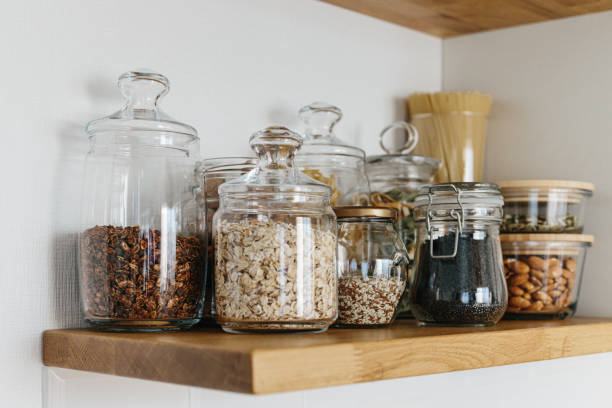
In an era before recycling became mainstream, glass jars were the epitome of versatility in 1970s kitchens. These sturdy, reusable containers stored everything from pasta and rice to homemade jams and pickles. They often doubled as drinking glasses or makeshift shakers for mixing small batches of dressings. Their transparency made it easy to identify contents, streamlining pantry organization.
Glass jars also played a role in reducing food waste, as leftovers could be stored and reheated conveniently. According to National Geographic, the reuse of jars foreshadowed modern sustainability practices. Affordable and durable, these containers became a staple in households, embodying practicality and resourcefulness.
5. Foil-Wrapped Freezer Meals
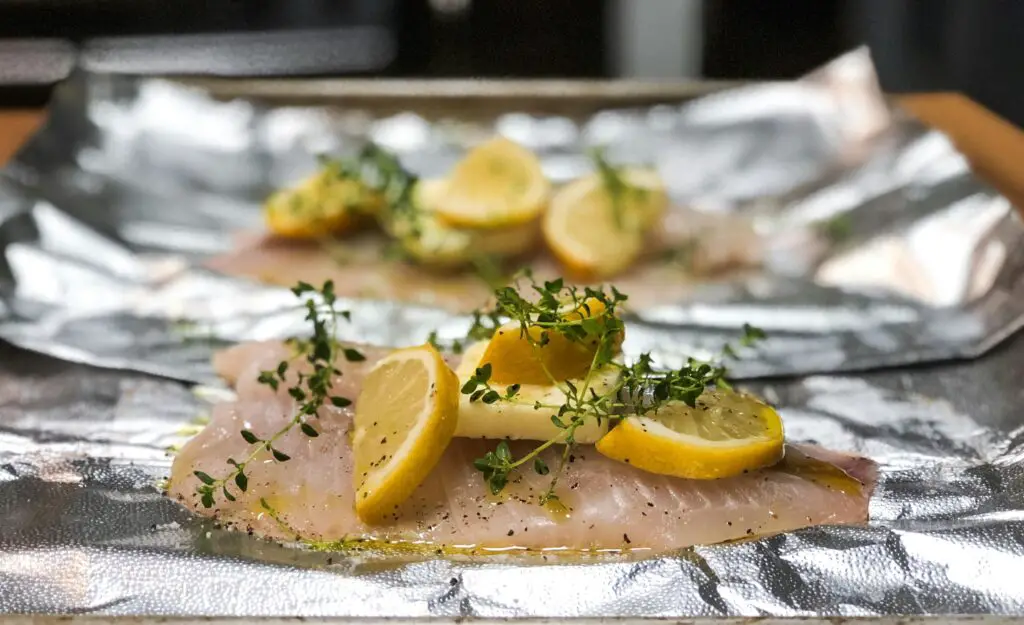
Freezer meals became a game-changer for 1970s families, thanks to the convenience of aluminum foil. Casseroles, pot pies, and other homemade dishes were prepped, wrapped, and stored in the freezer for quick, hassle-free dinners. This hack allowed busy households to enjoy homemade meals without the daily effort of cooking from scratch.
The foil’s ability to lock in moisture and flavor made it a superior choice for preserving food quality. As meal prepping gained traction, families appreciated the time and energy saved during weeknight dinners. The New York Times highlights how freezer meal culture evolved into a cornerstone of modern cooking, inspiring trends like batch cooking and make-ahead meals.
6. Avocado Green and Harvest Gold Appliances

Few design choices defined 1970s kitchens more than avocado green and harvest gold appliances. These bold hues brought warmth and vibrancy to cooking spaces, contrasting sharply with the sterile whites of previous decades. The earthy tones reflected the decade’s embrace of natural aesthetics and paired effortlessly with wooden cabinetry and patterned linoleum floors.
While these colors weren’t a “hack” in the traditional sense, they served a functional purpose by hiding stains and wear better than lighter shades. According to House Beautiful, these iconic colors continue to evoke nostalgia and have even inspired modern reinterpretations in contemporary kitchen designs.
7. Oven-to-Table Pyrex Dishes

Pyrex dishes were the ultimate time-savers for 1970s home cooks, offering a seamless transition from oven to table. Adorned with colorful floral patterns, these durable glass dishes eliminated the need for extra serving ware. They could withstand high oven temperatures, making them perfect for baking casseroles, pies, and lasagna.
Their versatility extended beyond cooking; they were often used for storing leftovers directly in the refrigerator. According to Better Homes & Gardens, Pyrex revolutionized meal prep by combining functionality with aesthetic charm. These dishes became cherished family heirlooms, passed down through generations for their timeless appeal.
8. Hanging Pegboards for Utensils
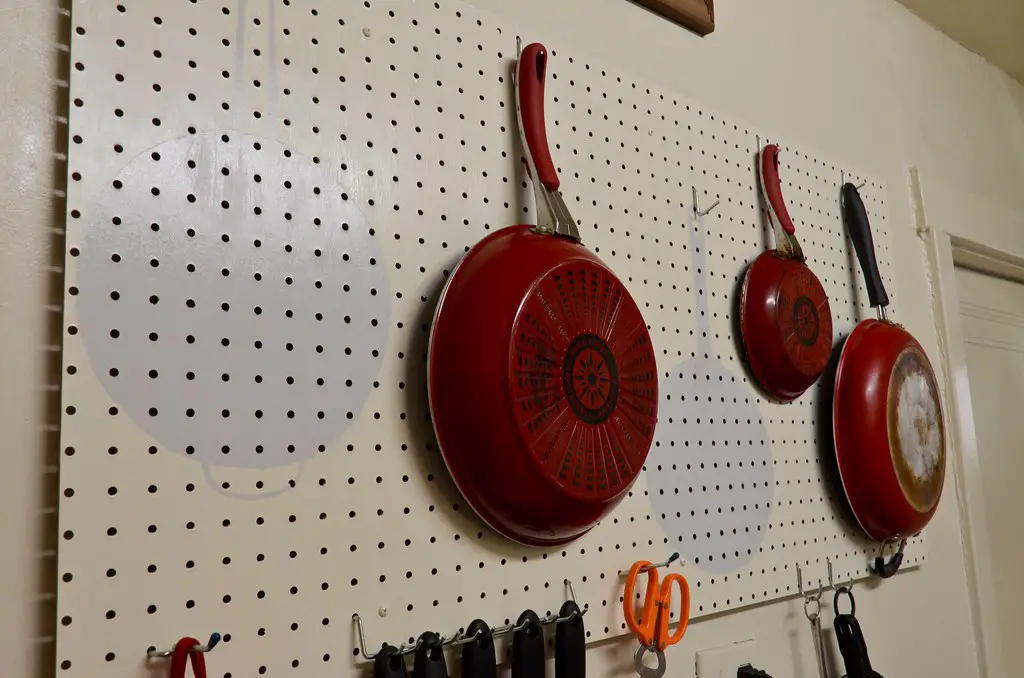
Julia Child’s influence extended to kitchen organization with the introduction of hanging pegboards. This innovative system allowed home cooks to display their most-used utensils, such as spatulas, ladles, and whisks, on the wall for easy access. The pegboard served as both a functional tool and a decorative element, adding character to kitchens.
By freeing up drawer space, it helped maximize storage in smaller cooking areas. According to The Spruce, pegboards remain a popular organization solution for their simplicity and customizability. Their practicality and charm make them a lasting symbol of efficient kitchen design.
9. DIY Fondue Stations
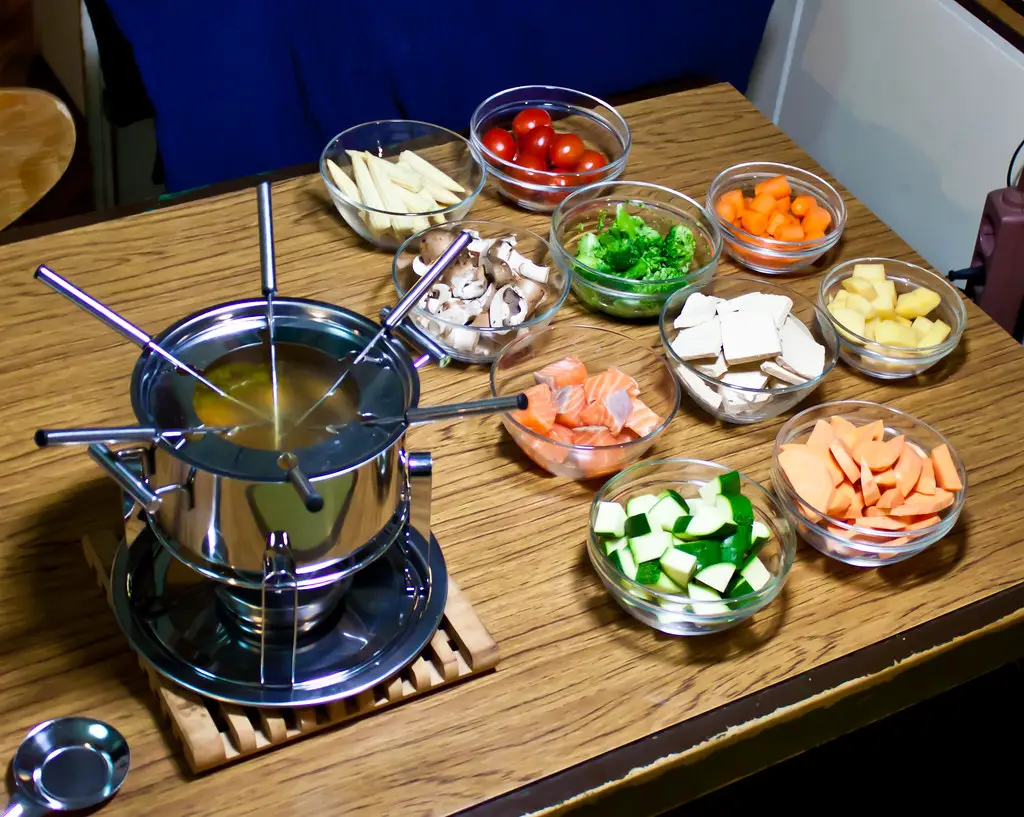
The 1970s fondue craze turned dining into a social experience, with DIY fondue stations becoming a staple in kitchens. These setups included small pots for melting cheese, chocolate, or oil, accompanied by skewers for dipping. Fondue stations encouraged communal eating, fostering interaction and creativity during meals.
They were ideal for hosting parties or family dinners, as they accommodated various preferences and dietary needs. Food & Wine notes that fondue’s resurgence today reflects a continued appreciation for its interactive nature. This retro trend remains a delightful way to elevate dining experiences.
10. Wax Paper to Keep Countertops Clean
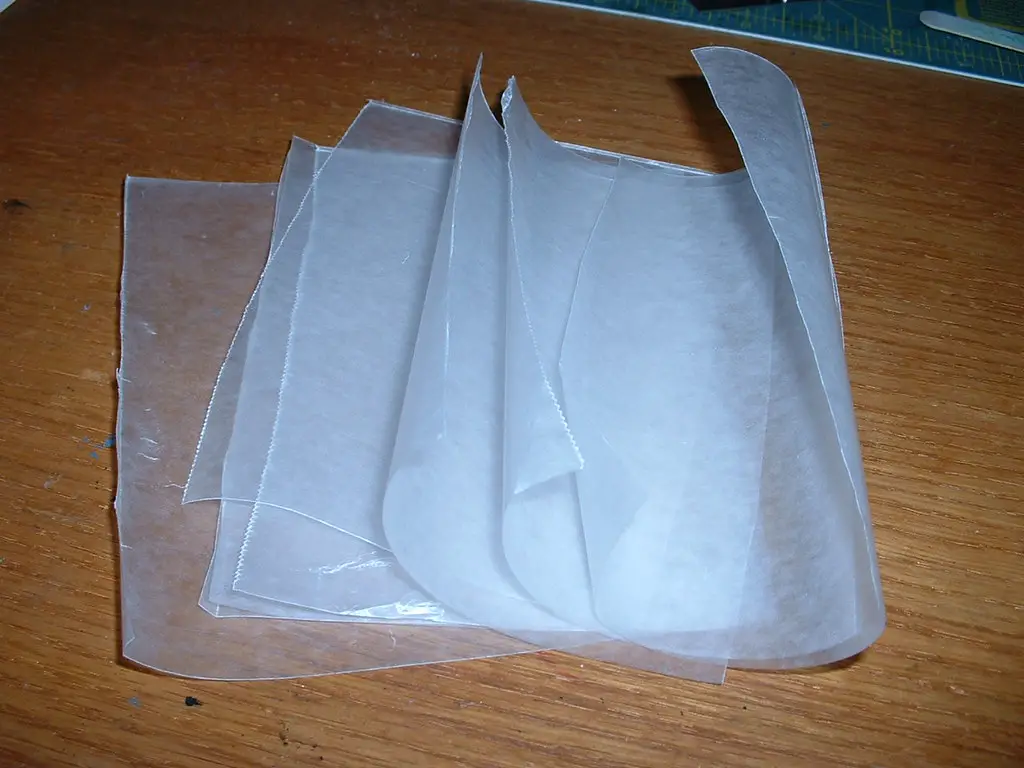
Wax paper was a go-to hack for keeping countertops clean during messy baking projects. By lining work surfaces, home cooks could easily manage flour spills, dough scraps, and sticky residues. After use, the wax paper was simply discarded, saving time on cleanup. This practical trick ensured kitchens stayed tidy while preserving the integrity of countertops.
According to Martha Stewart, wax paper’s non-stick properties made it an indispensable tool for bakers. Its simplicity and effectiveness earned it a permanent place in 1970s kitchens.
11. Pressure Cookers for Speedy Meals

Long before the Instant Pot, pressure cookers were a beloved kitchen appliance in the 1970s. These devices drastically reduced cooking times, transforming tough cuts of meat into tender stews or soups in minutes. Despite their occasional intimidating hiss and sputter, they were reliable tools for busy families.
Pressure cookers also retained nutrients, making them a healthier cooking option. CNET highlights their enduring popularity, noting how modern versions build on the same principles to deliver fast, flavorful meals.
12. Lazy Susans in Pantries and Tables
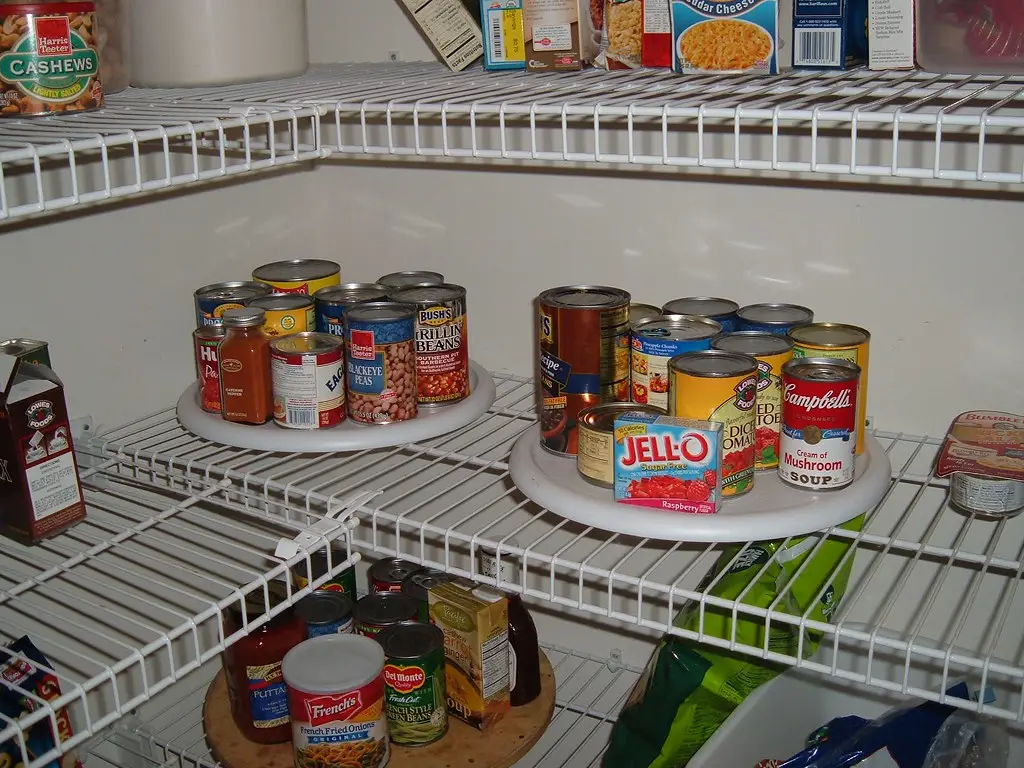
Lazy Susans were a revelation for organizing pantries and dinner tables. These rotating trays made accessing condiments, spices, and other essentials effortless, eliminating the need to dig through crowded shelves. At dining tables, they ensured everyone could reach shared dishes without hassle.
According to The Kitchn, Lazy Susans remain a go-to organization tool for their efficiency and charm. They epitomize practicality, offering a simple yet effective solution to common kitchen challenges.
